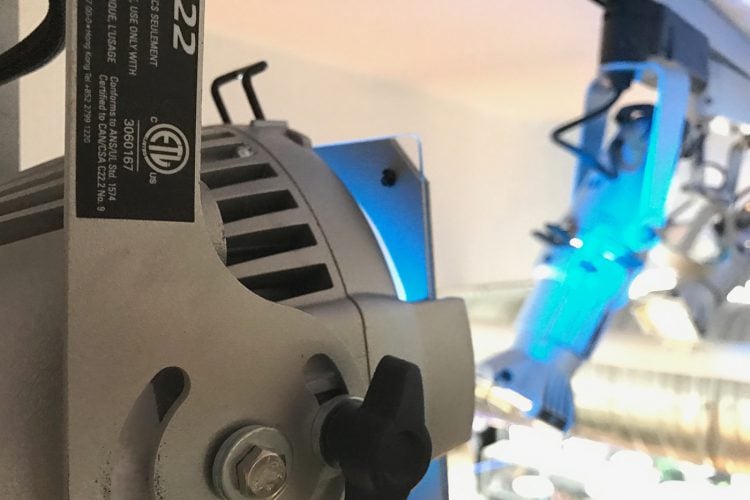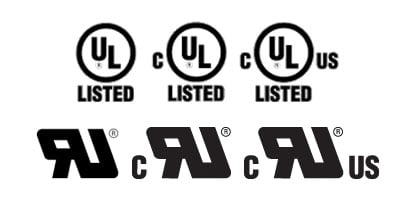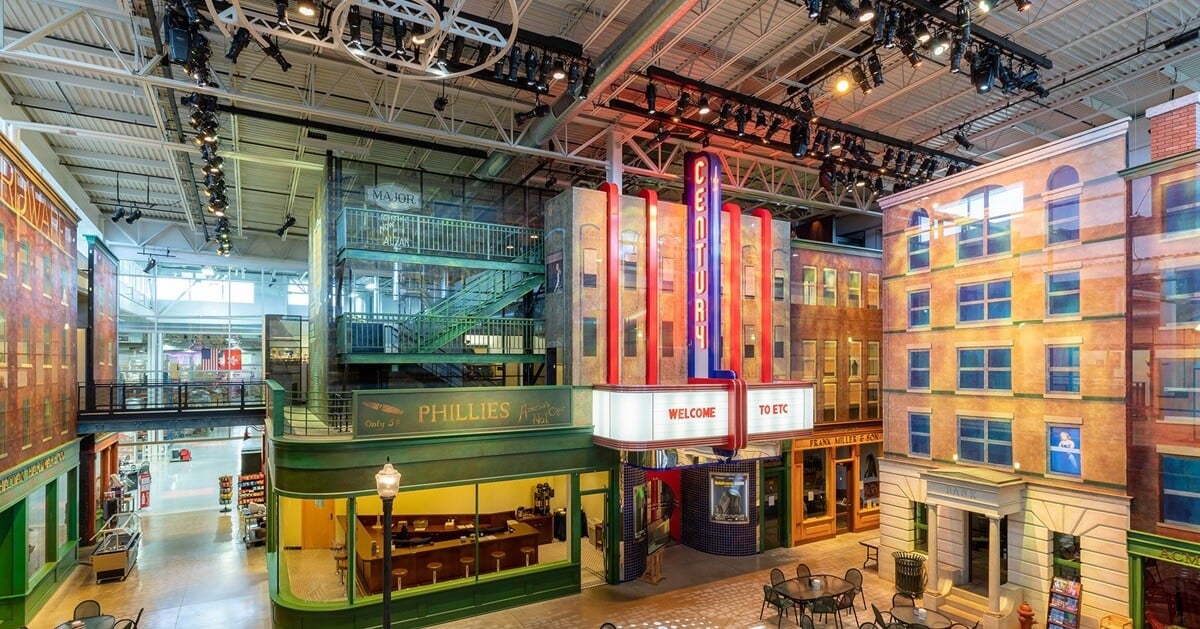In the US, Product Listing by a Nationally Recognized Testing Laboratory provides a wealth of information about the correct and safe use of a product. But what is Listing, and what does it tell us?
Part 1: Some History
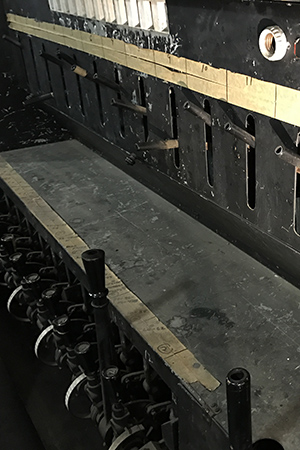
Back in the distant past (and as recently as the 1980s) product Listing in the entertainment industry was somewhat superfluous. Many of the products we used were highly specialized, constructed in small batches in rental shops, and not subject to mainstream safety requirements applied to consumer products. As an example, one has only to look at the piano boards that dominated lighting control of Broadway shows until 1980 or so. By any modern standards, these devices were lethal safety disasters. They contained electrically live parts that the operator could easily touch in the course of running a show. They were constructed of crude metal-lined wooden enclosures with no provision for equipment grounding. They were not inspected or evaluated for safety by anyone outside the rental shop that built them. Yet, they were ubiquitous in theatres for more than 60 years.
How was this allowed to happen? In those early days, most electrical equipment in the entertainment industry was operated by trained (or some might say expendable!) professional users. This equipment was not going into schools or other venues where untrained personnel would be exposed to its risks.
Part 2: Emergence of Third-Party Testing Requirements

Entertainment electrical equipment began to make a steady migration out of professional theatres into schools, museums, nightclubs, and the like. At the same time, nationwide awareness of fire-safety issues and personnel protection from electrical hazards began to grow—often spurred on by the liability-averse insurance industry. The result was that most entertainment electrical products are now required to be Listed by a third-party Nationally Recognized Testing Laboratory, or NRTL (pronounced by Code-cognoscenti as “nertle”). This was also driven by the fact that entertainment equipment was often being installed as a permanent part of a building’s electrical system—thus requiring a Listing by the local Authority Having Jurisdiction, or AHJ.
While UL or ETL Listing labels are the most common in the entertainment industry, there are actually 18 NRTL’s certified in the US by OSHA, the Occupational Safety and Health Administration. Listing of a product by a NRTL provides ironclad assurance of the following:
- “Withering peer review” of the product design to insure that it complies with safety standards specific to the product application. For example, that means that theatre switchboards won’t be evaluated under the standard for toasters, or vice versa. These safety standards are typically developed by an ANSI-accredited Standards Development Organization (SDO) such as Underwriters Laboratories (UL). The SDO must follow a rigorous procedure designed to insure that safety standards are not overly influenced by commercial bias of a single interest group, and are based on proven technical facts.
- Exhaustive testing of the product to prove compliance with those safety standards. “Take our word for it” is not a concept that NRTL’s accept from manufacturers. “Prove it” is the norm.
- Evaluation of instructions to insure the user is directed to the safe use of the product in alignment with its conditions of Listing.
- A regular in-person follow-up inspection visit by NRTL inspectors to the product’s manufacturing facility to insure that it is being manufactured in accordance with its Listing and not “drifting” over time to an unsafe condition.
Who benefits from product Listing?
The safety assurances provided by a product Listing benefit a large number of stakeholders, including:
| The Specifier | Consultants and engineers want the guarantee or safety and reduction in liability provided by a Listing. | |||
| The Buyer | Most permanent installation projects cause equipment to pass through many commercial entities such as distributors, dealers, and installing contractors. A product Listing provides liability protection to everyone in the chain. | |||
| The User | The end user of the product is assured by a Listing that it meets a minimum level of safety when used correctly. | |||
| The Facility Owner | The facility owner is shielded from the effects of product safety failures by the product Listing. | |||
| The Insurance Company | Not only does the insurance company benefit from decreased risk, they are likely to require product Listing of all electrical equipment in a facility. | |||
| The Electrical Inspector or AHJ | One of the biggest beneficiaries of a product Listing. Why? Most, if not all electrical equipment is too complex to be comprehensively evaluated for safety in the field. The inspector relies heavily on the Listing, and must simply determine if the equipment is installed or used under the required conditions of that Listing. | |||
| The Public | The public benefits from protection from hazards such as fire or electric shock that is provided by the product Listing. |
What does (and doesn’t) a product Listing provide?
While a Listing provides an assurance of the safety of a product, it provides no certification of how well or poorly a product performs, or whether it suits the performance needs of a particular application. So, don’t expect the product’s Listing to guarantee that your luminaire is bright enough for your application, or that your console will respond quickly enough for your needs.
When the NRTL Lists a product, they are not concerned with how well it works, only that is performs safely. However, in some instances, the type of Listing will guide you in determining if the product is suitable for a specific application from a safety and code-compliance point of view. And in some instances, especially life-safety applications like emergency lighting, the Listing certifies that the product meets a minimum reliability and endurance level set by the standard.
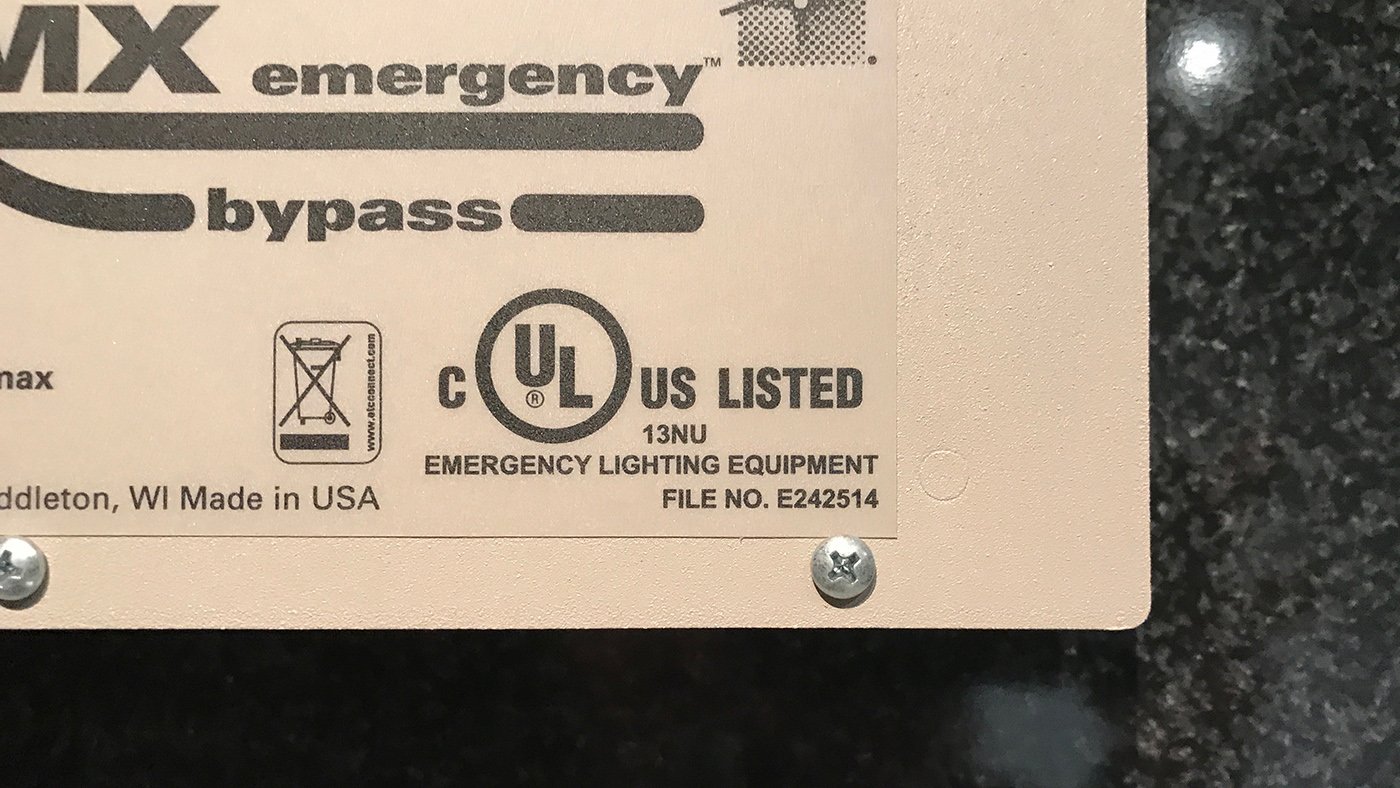
Continue reading in Part 2 of this blog, in which we’ll examine the tools available to specifiers and users to determine whether a product is Listed, and for precisely what application.


